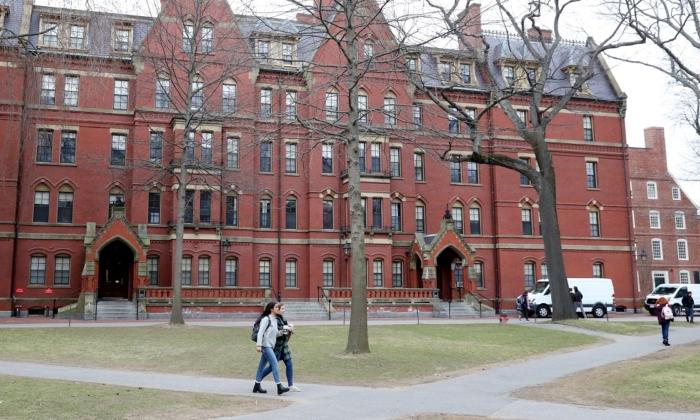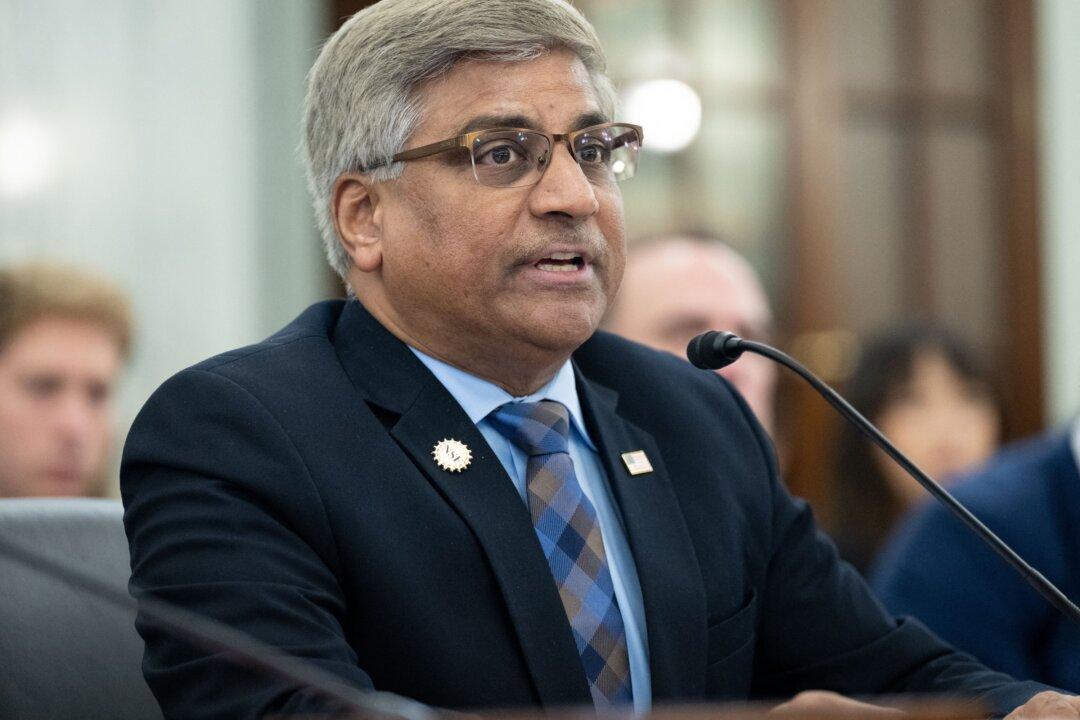The legal fight over President Joe Biden’s proposal to “forgive” billions of dollars in federal student debt has finally been put to rest, along with all questions and confusion about when, or if at all, borrowers of student loans will have to start paying their debts again.
Prior to Friday’s decision, the U.S. Supreme Court had heard a range of arguments about the constitutionality of Biden’s $400 billion plan, which would have erased up to $10,000 in student loan debt for every borrower who earns less than $125,000 per year while canceling up to $20,000 for each Pell Grant recipient who meets that income standard.
All of this, however, is not going to happen, as the high court voted 6–3 to rule the plan as an unconstitutional attempt to use presidential power.
In the majority opinion penned by Chief Justice John Roberts, the court states that the president cannot make a decision with such far-reaching economic impact without the explicit blessing of Congress.
What Happens Now?
With federal student loan debt cancellation off the table, borrowers will need to repay any remaining debt that will be waiting for them when the three-year payment pause ends.According to the U.S. Department of Education’s student aid office, federal student loans will start accruing interest in September, and the first payments will be due in October. The office said it would notify borrowers “well before payments restart.”
This timetable is consistent with the law that Congress passed earlier this month as part of a bipartisan deal suspending the limit on how much the federal government can borrow until January 2025. That law essentially requires student loan payments to resume regardless of how the Supreme Court might rule on cases challenging Biden’s forgiveness plan.
Will Interest Rate and Payment Amount Change?
Many borrowers will find their interest rate remains the same as it was before March 2020, when the Trump administration set the interest rate on all federally held student loans to 0 percent.For some borrowers, however, the interest rate may have changed due to the consolidation of their loans during the payment pause. The Education Department advises borrowers to contact their loan servicer to find out the exact interest rate.
The size of the monthly bill is a more complicated question, depending on whether the borrower is on a traditional repayment plan or an income-driven repayment (IDR) plan. The former is typically preferred by those who wish to pay off their loans as fast as possible to minimize interest charges, while the latter focuses on lowering monthly payments to maximize affordability. An IDR plan also means that any remaining balance will be discharged if the debt still isn’t fully repaid at the end of the repayment period, which lasts either 20 or 25 years.
For those sticking to their IDR plan, their payment amount will simply return to what it was before their payments were paused.
Will It Take Longer to Pay off Loans?
In the same vein, the amount of time it takes to pay off loans depends on whether the borrower is on a traditional repayment plan or an IDR plan.For those on an IDR plan, according to the Education Department, the payment pause does not delay their progress toward the final debt relief since the months spent in the pause have counted toward their repayment and relief term.
Meanwhile, borrowers on a traditional repayment plan will still pay the same total number of months, although the date when they’re scheduled to complete repayment has been delayed.
More Changes to IDR on the Way. Are They Any Good?
When Biden announced his plan to cancel federal student loan debt last year, he also announced a much less-publicized plan to expand the IDR program, which some critics say is so generous that it would turn the loan program into something closer to a grant program.Under the current IDR guideline, undergraduate and graduate borrowers will pay 10 percent of what they earn in excess of $45,000, or 150 percent of the federal poverty line. Biden’s IDR proposal, however, would increase the exempted income from 150 percent to 225 percent of the poverty line and slash the assessment rate to 5 percent for undergraduate debt.
In addition, for those who borrow $12,000 or less, the term to the final relief would be reduced from 20 years to 10. The Education Department will automatically enroll or re-enroll certain students in the plan so long as they share their income data with the government.
One of the biggest problems with this plan, Looney warned, is that it provides a safety net for students to enroll in “low-quality, low-value, low-earning” programs that will unlikely generate any good return on investment, all while students at good schools and high-return programs still ending up paying their own debts.
“Despite the generous treatment under the IDR plan, engineers, nurses, computer science majors, economists, and mathematicians are expected to repay all or most of their original balance,” Looney wrote. “But the major beneficiaries are cosmetologists, borrowers with certificates in health, massage therapists, and music, drama, and art majors.”
Overall, the proposed changes are estimated to have a price tag in the range of $469 billion–$519 billion over 10 years. That’s about as much as what the existing Pell Grant program would cost over the next decade.





